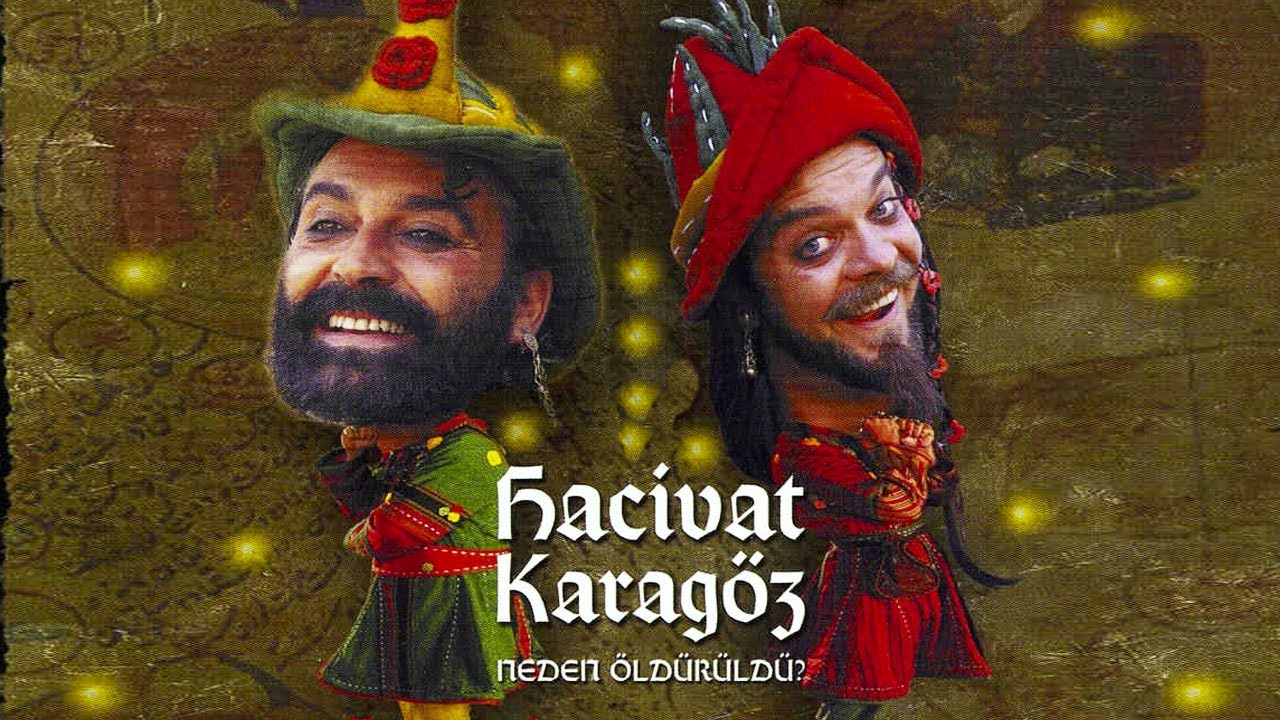Killing the Shadows (Hacivat Karagöz Neden Öldürüldü?), a 2006 historical-comedy drama film directed by Ezel Akay and written by Levent Kazak. The film stars Haluk Bilginer and Beyazıt Öztürk.
The film reimagines Karagöz and Hacivat, two iconic figures of the Turkish shadow play, as legendary and historical figures. It presents a narrative that questions the socio-political structure of 14th-century Anatolia.

Promotional Image (Beyazperde)
Plot Summary and Thematic Structure
The film's main story is based on the tale of Karagöz and Hacivat, who were killed during the construction of a building in Bursa during the reign of Orhan, allegedly for distracting the workers. The film takes this legend and places it within a broad historical context, exploring themes such as the transition from nomadic to settled life, religious intolerance, the role of the Ahi organization, the place of women in society, Mongol pressure, and Ilkhanid rule etc.. Within this framework, the film presents an allegorical and humorous narrative where historical reality and fiction intertwine.
Historical Background and Setting
The film is set in the first half of the 14th century, a period when the Anatolian Seljuk state weakened, the influence of the Mongol Ilkhanate increased, and the Ottoman principality began to consolidate. During this time, religious, economic, and socio-political structures in Anatolia were being reshaped. The film uses this historical transformation as its backdrop.
Character Analyses
Karagöz
In the film, Karagöz is presented as a shamanistic Turkmen who fled Mongol oppression. He is a nomadic character, close to nature, and pure. "He has no navel." This symbolic characteristic alludes to him being a legend or a folk creation. He is a figure who struggles to adapt to the changing religious landscape of the time and is resistant to the new order.
Hacivat
Hacivat, on the other hand, is an urban, educated, and cunning figure. He speaks Arabic and Persian and is skilled in diplomacy. He is sent as an envoy to Demirtaş. Like Karagöz, he is an imaginary figure "without a navel," but he possesses a flexible personality, capable of adapting to the system.
Pervane and the Ahis
The Pervane character is depicted as a type of ruler who cunningly maneuvers among the power dynamics of the time, maintaining his existence through self-interest. The Ahis in the film function not only as a guild but also as a center of political power. This aspect of the Ahi organization is ironically criticized in the film.
Use of Historical Elements
Ahilik: Depicted as one of the socio-economic and political powers of the time. It has a pragmatic structure intertwined with the government.
Conversion to Islam: The film raises the question of whether the conversion processes of the Rum (Byzantine Greek) characters were sincere or forced.
Bacıyan-ı Rum: This element, emphasizing the military and social roles of women, plays a significant role in the film.
Geyikli Baba: Caricatured as a heterodox religious figure, this scene has been a subject of debate in academic circles.
Comments
The film portrays Hacivat and Karagöz not only as heroes of folk tales but also as symbolic spokespeople of the historical period. These figures embody the transformative pains experienced by the people and their humorous resistance to oppression.
Director Ezel Akay describes the film as "a historical...", while screenwriter Levent Kazak presents each detail in the film as "a historical reading linked to today's political system."
Why Were Hacivat and Karagöz Killed? utilizes the entertaining and educational power of cinema by placing two figures frequently found in popular culture within their historical context. The film shows that historical narratives may not be one-dimensional; humor, irony, and symbolism can be effective tools in their writing. In this respect, it is considered an important resource not only for film enthusiasts but also for researchers working in history, culture, and related fields.


